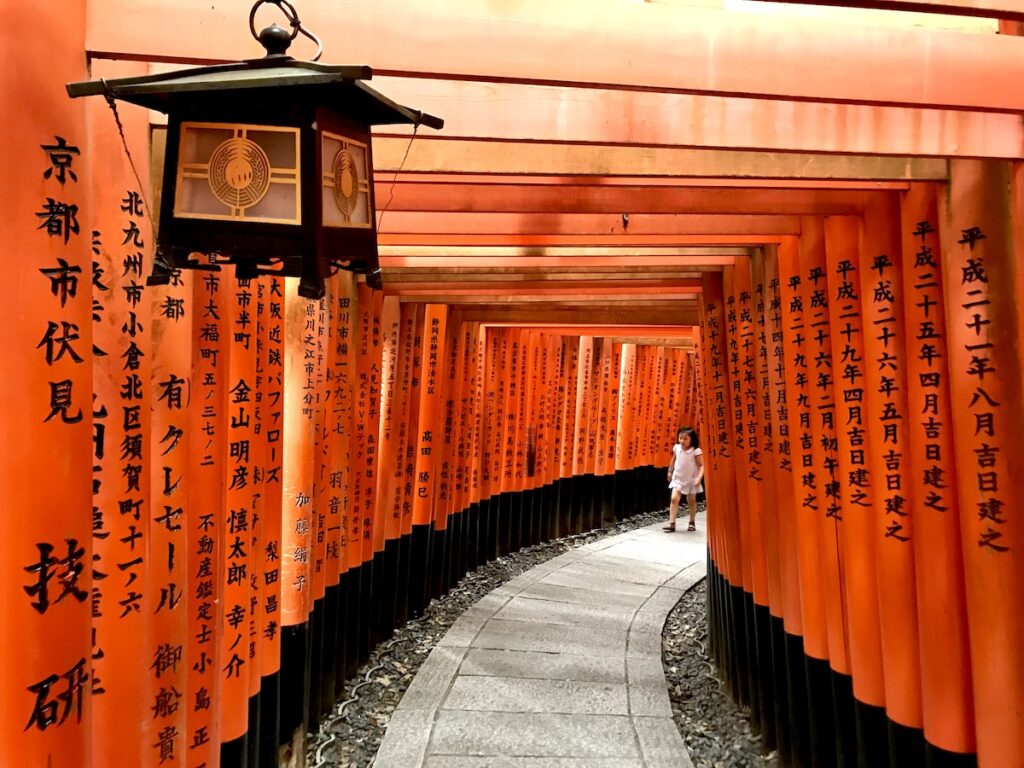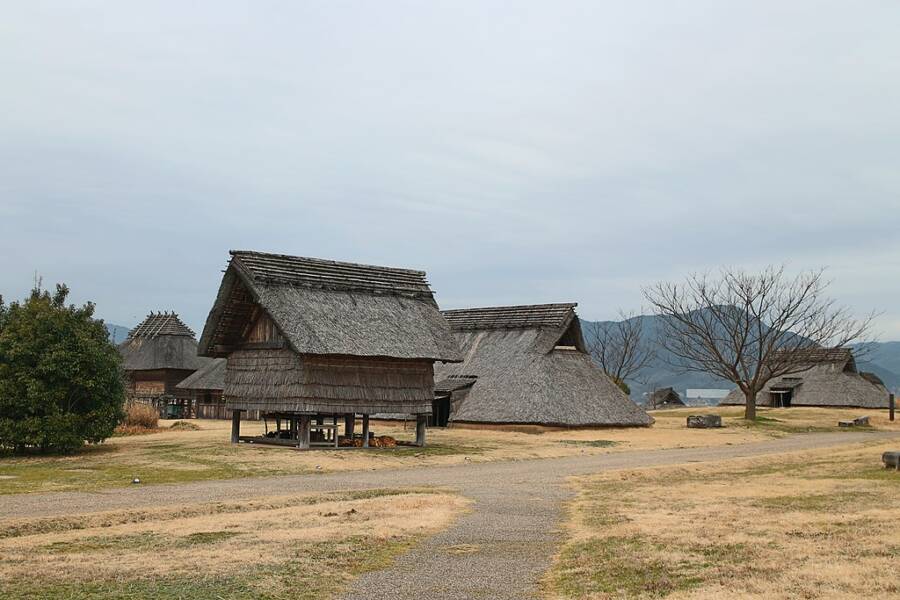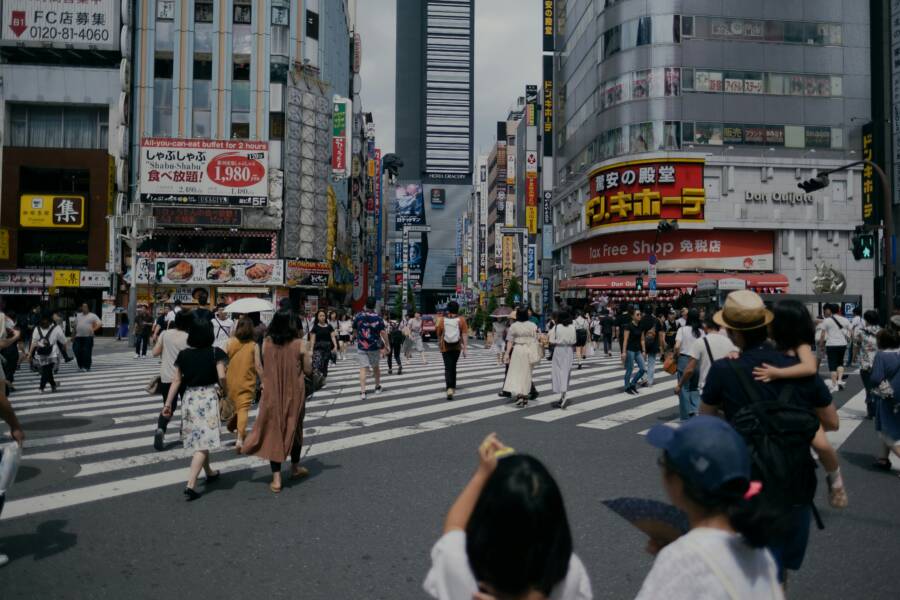For years, the origins of Japan’s population have been debated, with scientists and historians offering competing theories. Now, thanks to a groundbreaking study from the University of Tokyo, the mystery is finally becoming clearer. By analyzing the remains of a 2,300-year-old woman from the Yayoi period, researchers have shed light on how Japan’s genome came to be—and the answer involves more than just two ancestral groups.
Let’s explore what this study revealed, how it reshapes previous theories, and why it matters for understanding Japan’s history.
The Early Theories: Two or Three Ancestral Groups?
The origins of Japan’s population have long been debated. In the 1950s, researchers proposed the “dual ancestry model,” suggesting that the modern Japanese population formed through the mixing of two distinct groups: the Jomon people, native to Japan, and the Yayoi, immigrants from the Korean Peninsula who arrived around 300 B.C.E.
The Full Story of the 1986 FBI Miami Shootout: The Day that Changed Law Enforcement Forever
This model was widely accepted—until a new theory emerged. In 2021, a study proposed a triple ancestry model, suggesting a third group from Northeast Asia also played a significant role in shaping the Japanese genome. This raised questions: Did this mysterious third group migrate to Japan independently, or was there a more complex interaction at play?

The Latest Breakthrough: DNA of a 2,300-Year-Old Woman
Fast forward to 2024, when researchers at the University of Tokyo turned to ancient DNA for answers. They sequenced the DNA of a Yayoi-period woman whose remains had been discovered back in 1952 at the Doigahama ruins. This site is significant as it contained the remains of hundreds of Yayoi individuals, providing a perfect opportunity to unravel the genetic puzzle.
And what they found was fascinating: while the previous studies were correct in identifying three ancestral groups—Jomon, Yayoi, and Northeast Asian—the latest research revealed that the Northeast Asian group had not migrated to Japan independently. Instead, they had already mixed with the Yayoi people before arriving in Japan.
Why Does This Matter?
This discovery is significant because it alters our understanding of how Japan’s population was formed. Instead of three distinct groups arriving at different times, the intermingling had already started before the Northeast Asian group set foot on Japanese soil. This not only changes the timeline but also highlights the complexity of ancient migrations and genetic mixing.
The implications of these findings stretch beyond genetics. They provide insight into the development of Japanese culture, language, and agriculture. The study noted that as these groups mixed, they shared not just DNA, but technologies like wet rice farming, which became a cornerstone of Japanese society.

What’s Next for the Research?
The team from the University of Tokyo isn’t stopping here. Their next step is to sequence more Yayoi genomes to uncover how these groups interbred and how their genetic makeup shifted over time. With over 80% of modern Japanese DNA traced back to these ancient migrations, there’s still much to learn about how Japan’s early population developed.
Key Takeaways
- The study confirmed the presence of three ancestral groups in the Japanese genome: Jomon, Yayoi, and Northeast Asian.
- Contrary to previous theories, the Northeast Asian group had already mixed with the Yayoi people before arriving in Japan.
- This research provides valuable insights into how these groups interacted, shaping Japanese culture, language, and agriculture.
Final Thoughts: Why This Discovery Is More Than Just Ancient History
Understanding the origins of Japan’s population isn’t just a matter of tracing DNA. It’s about understanding the people, cultures, and innovations that shaped one of the world’s oldest civilizations. The research opens up new questions about migration patterns, cultural exchanges, and even how modern Japanese identity has been influenced by its diverse past.
For anyone fascinated by history or genetics, this study is a game-changer. It offers not only a clearer picture of where Japan’s people came from but also a reminder of how interconnected ancient cultures were. So, the next time you think about Japanese history, remember—it’s not just about islands and isolation. It’s about connections, migrations, and the intricate dance of people over millennia.

